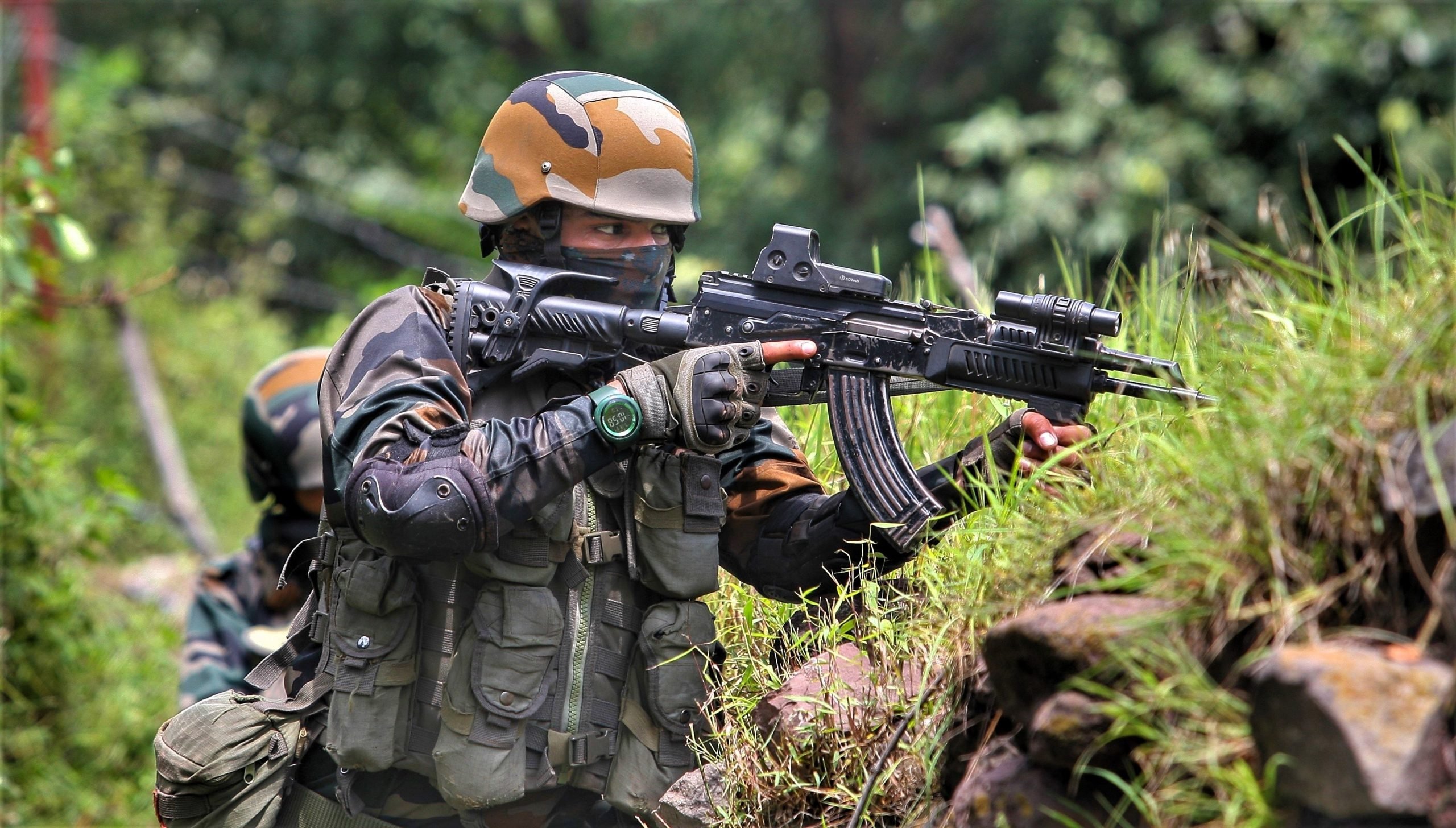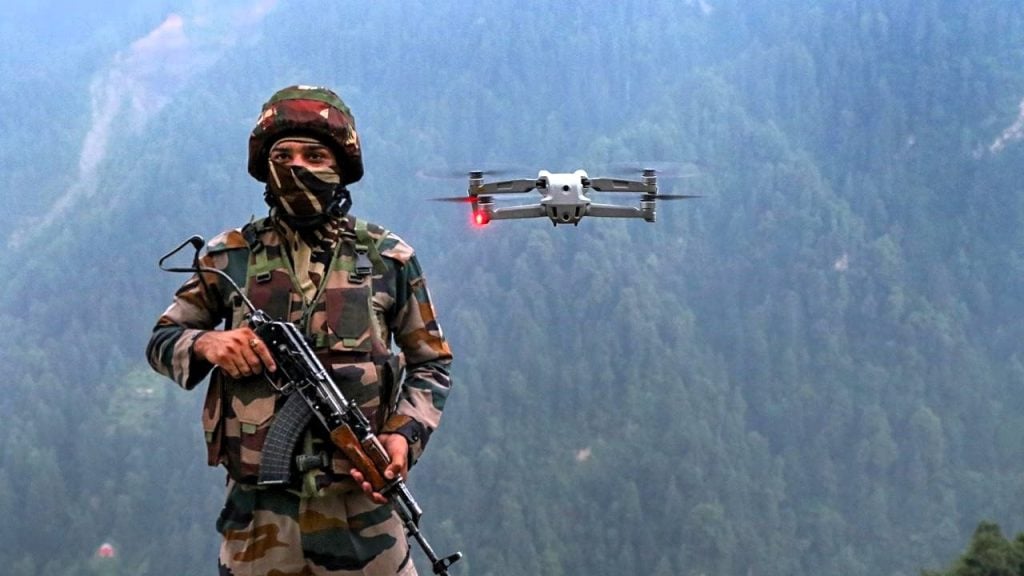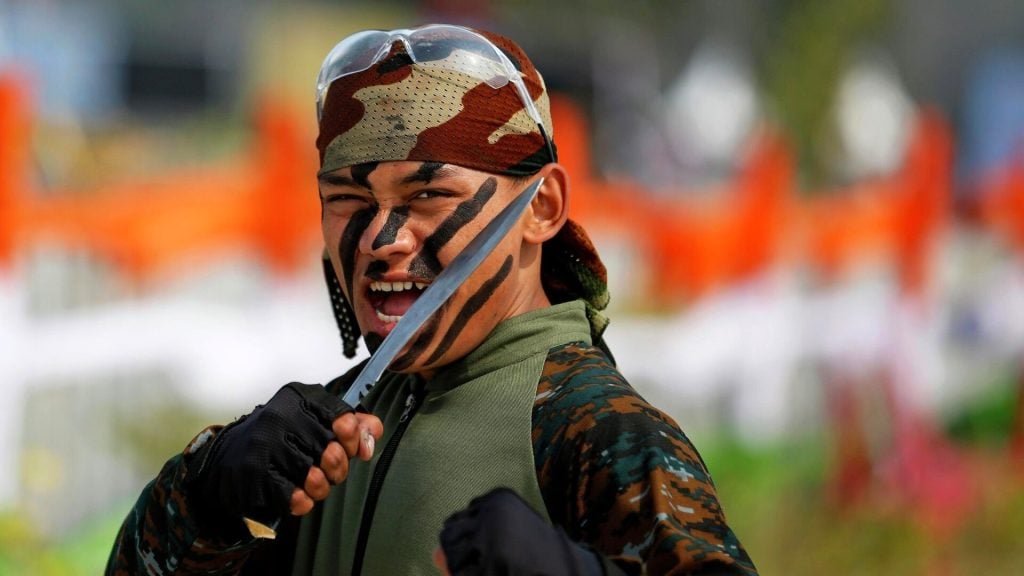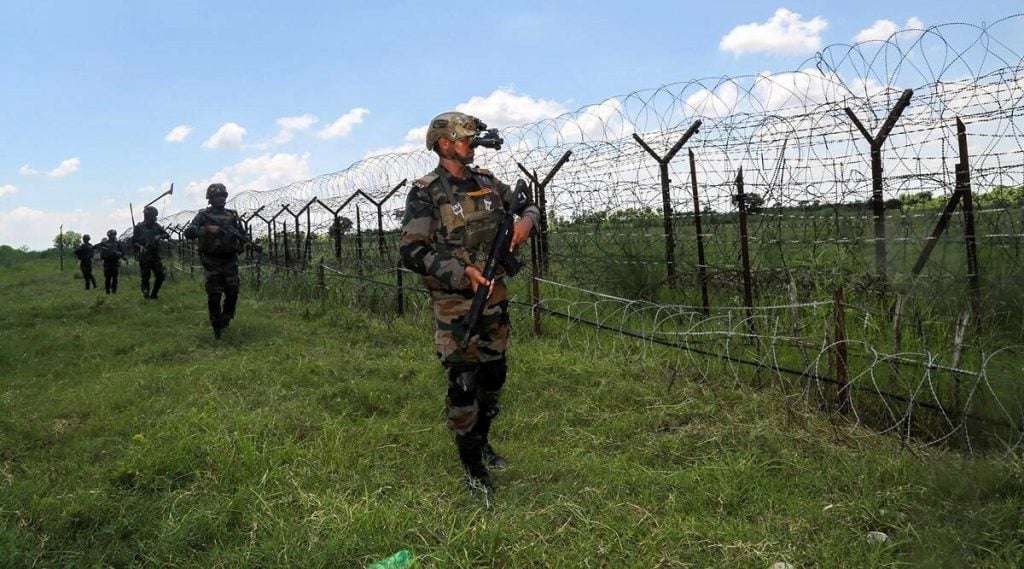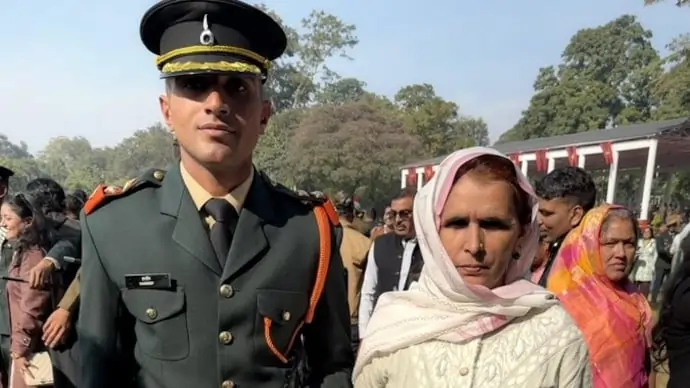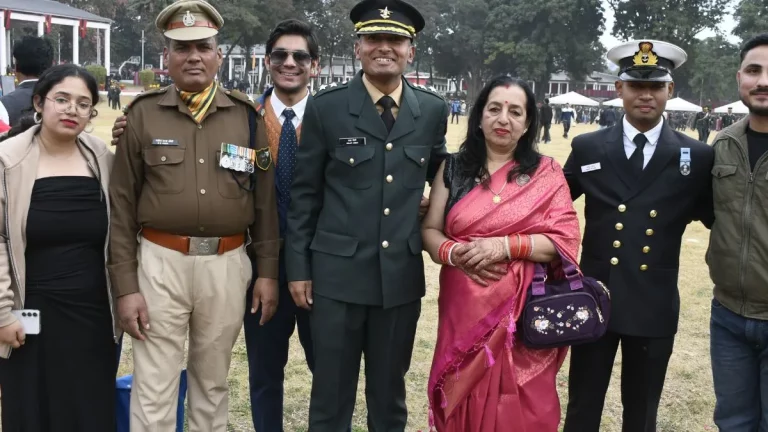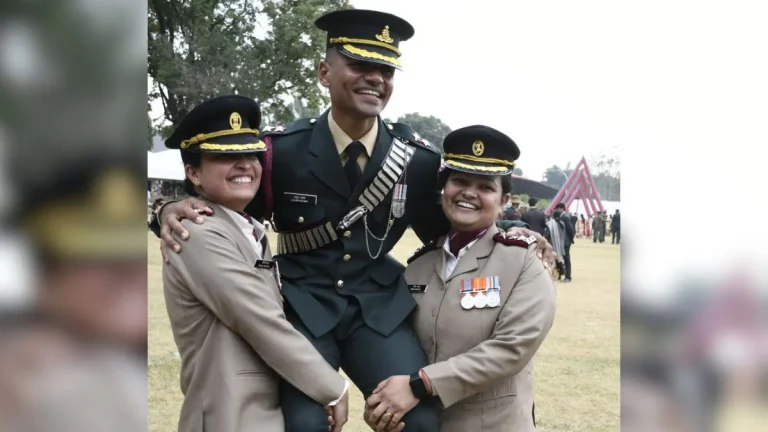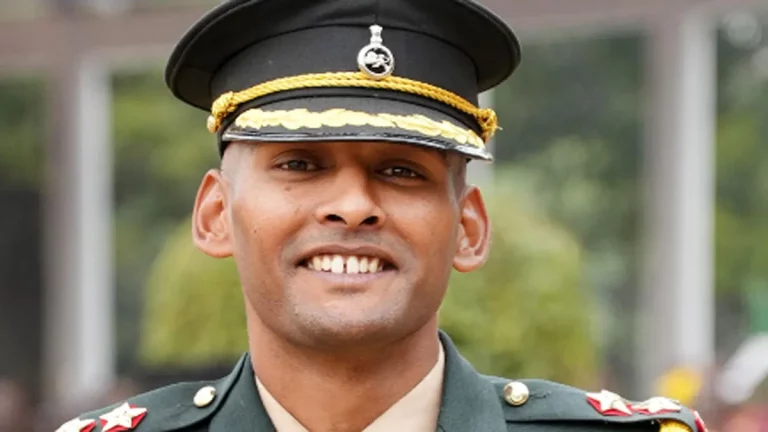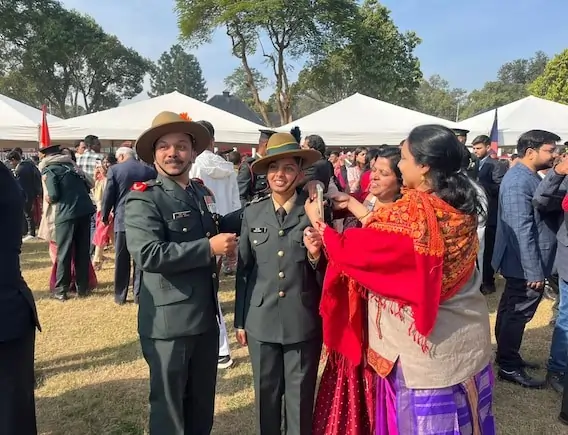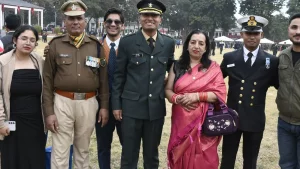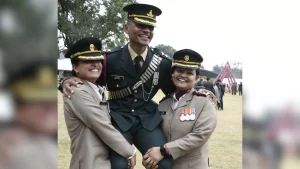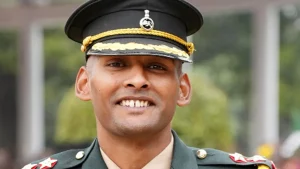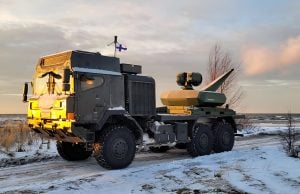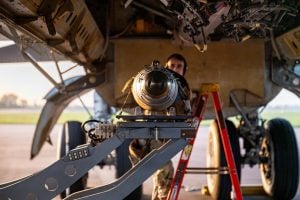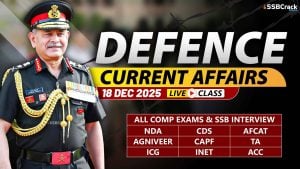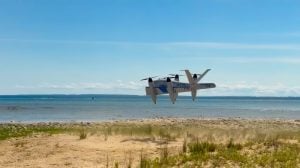The Joint Military Exercise are designed to improve strategic cooperation, interoperability, and combat readiness among their armed forces. India and Russia have maintained a longstanding defense relationship, strengthened through numerous Joint Military Exercise. They encompass a broad spectrum of military operations, including land, sea, and air maneuvers, highlighting the extensive scope of their defense partnership. This article explores the significance, varieties, and notable examples of joint military exercise between India and Russia.
Joint Military Exercise : India-Russia Defense Relations
Historical Background
The defense relationship between India and Russia dates back to the early 1960s, evolving through several phases of geopolitical changes. The partnership was strengthened during the Cold War era, with the Soviet Union becoming a major supplier of Joint Military Exercise equipment to India. This historical bond has continued post-Cold War, adapting to new security challenges and regional dynamics.
Modern Defense Cooperation
In contemporary times, the defense cooperation between India and Russia encompasses not only arms trade but also technological transfers, joint production, and extensive military training programs. A significant aspect of this cooperation is the series of Joint Military Exercise aimed at improving the operational capabilities of both nations’ armed forces.
The INDRA Series of Exercises
The cornerstone of military cooperation between India and Russia is the INDRA series of exercises. INDRA stands for India-Russia and encompasses various military drills aimed at enhancing strategic collaboration and interoperability between the armed forces of the two countries.
Significance of INDRA Exercises
Enhancing Interoperability
These exercises help both countries’ armed forces to operate seamlessly together, which is crucial during joint operations or UN peacekeeping missions.
Strengthening Strategic Ties
They reinforce the long-standing defense partnership and mutual trust between India and Russia.
Knowledge Exchange
The exercises provide a platform for exchanging military tactics, operational expertise, and best practices.
Operational Readiness
Regular drills ensure that both armies are prepared for various combat scenarios, improving their overall effectiveness.
Geopolitical Significance
These exercises send a strong message of unity and cooperation between India and Russia on the global stage.
Structure of INDRA Exercises
The INDRA series includes land, naval, and air exercises, reflecting the comprehensive nature of the military cooperation between India and Russia.
Land Exercises: INDRA Army
The INDRA Army exercises focus on counter-terrorism operations, anti-insurgency drills, and humanitarian aid missions. They involve infantry, mechanized forces, and special forces units from both countries, enhancing their ability to conduct joint operations on land.
Naval Exercises: INDRA Navy
INDRA Navy exercises emphasize maritime security and naval warfare capabilities. These drills include anti-submarine warfare, maritime interdiction operations, and search and rescue missions. They aim to improve coordination and cooperation between the Indian and Russian navies.
Air Exercises: AviaIndra
AviaIndra focuses on joint air operations, air defense maneuvers, and tactical exercises. It enhances the operational synergy between the Indian Air Force (IAF) and the Russian Aerospace Forces, covering aspects like joint air combat missions, air-to-air refueling, and coordination for air defense systems.
Key Components of INDRA Exercises
The INDRA exercises are meticulously planned and executed, involving several key components:
| Component | Description |
|---|---|
| Command Integration | Establishing joint command centers for coordinated operations |
| Tactical Drills | Conducting offensive and defensive maneuvers |
| Live-fire Exercises | Engaging in real-time combat scenarios |
| Humanitarian Missions | Simulating disaster relief and humanitarian aid operations |
| Anti-terrorism Ops | Training in counter-terrorism techniques and strategies |
Command and Control Integration
Establishing joint command centers to manage and coordinate operations is crucial for seamless collaboration during joint missions. This integration ensures efficient communication and decision-making processes.
Tactical Drills
A variety of tactical Joint Military Exercise, including offensive and defensive maneuvers, are conducted to prepare the armed forces for different combat scenarios. These drills enhance the tactical acumen and adaptability of the participating units.
Live-fire Exercises
Live-fire drills are conducted to simulate real-time combat situations, allowing the forces to practice their operational skills and strategies in a controlled environment. These Joint Military exercise are critical for assessing the combat readiness of the troops.
Humanitarian Missions
The Join Military Exercise also include simulations of disaster relief and humanitarian aid operations. These missions are designed to improve coordination between the two countries’ armed forces in non-combat scenarios, showcasing their ability to work together in times of crisis.
Anti-terrorism Operations
Training in counter-terrorism techniques and strategies is a vital component of the INDRA exercises. These operations prepare the forces to tackle asymmetric warfare and enhance their capability to respond to terrorist threats.
Notable INDRA Exercises
While INDRA exercises are held regularly, some instances have been particularly significant due to their scale and complexity:
Tri-service Exercises
In some years, INDRA has been conducted as a tri-service exercise, involving the Army, Navy, and Air Force of both countries. This integrated approach allows for comprehensive joint operations across all military domains, showcasing the full spectrum of their defense cooperation.
Bilateral Drills
Other editions have focused on specific branches of the armed forces, such as joint naval or air force exercises, to hone particular skills and strategies. These bilateral drills allow for more specialized training and the development of specific operational capabilities.
Future Prospects of Joint Military Cooperation
Expanding Scope of Joint Exercises
The future prospects of India-Russia military cooperation include expanding the scope of Joint Military Exercise. This could involve more complex and large-scale drills, covering new areas of operation and incorporating advanced technologies.
Enhanced Technological Collaboration
Enhanced technological collaboration is another key area for future cooperation. This includes joint development and production of advanced military equipment, leveraging the technological expertise of both countries.
Focus on Cybersecurity and Space Operations
Given the evolving nature of warfare, future joint exercises could focus on cybersecurity and space operations. These areas are becoming increasingly important in modern military strategy, and collaboration in these domains could significantly enhance the defense capabilities of both nations.
Strengthening Multilateral Defense Cooperation
India and Russia could also work towards strengthening multilateral defense cooperation. This involves collaborating with other friendly nations in Joint Military Exercises, contributing to global security and stability.
Conclusion
The INDRA series of exercises is a testament to the robust defense cooperation between India and Russia. These joint military exercise drills not only enhance the operational capabilities and interoperability of their armed forces but also strengthen strategic partnership and mutual trust. As global security dynamics continue to evolve, the importance of such collaborative efforts in maintaining regional stability and addressing shared security challenges becomes increasingly significant. The INDRA exercises underscore the deep and enduring defense relationship between India and Russia, contributing to peace and security in the region and beyond.
FAQs
1. What are the joint military exercises between India and Russia?
The primary Joint Military Exercise between India and Russia are conducted under the INDRA series. These exercises include land (INDRA Army), naval (INDRA Navy), and air (AviaIndra) drills aimed at enhancing strategic collaboration, interoperability, and combat readiness between the two nations’ armed forces.
2. How often are the INDRA exercises conducted?
The INDRA exercises are held regularly, typically on an annual basis, with specific drills focusing on different branches of the armed forces.
3. What was notable about INDRA 2017?
INDRA 2017 was notable for being the first-ever tri-service exercise, involving the Army, Navy, and Air Force of both India and Russia. It showcased comprehensive joint operations across all military domains and demonstrated the strategic depth of the defense partnership.
4. How do the INDRA exercises benefit both countries?
The exercises benefit both countries by:
Strengthening Strategic Partnerships: Reinforcing mutual trust and defense cooperation.
Improving Interoperability: Ensuring seamless operation during joint missions.
Advancing Military Tactics: Exchanging operational expertise and best practices.
Showcasing Unity: Sending a strong message of collaboration on the global stage.
5. How do the INDRA exercises impact global security dynamics?
The INDRA exercises impact global security dynamics by:
Demonstrating Cooperation: Highlighting the strategic partnership between India and Russia.
Enhancing Regional Stability: Contributing to security in South Asia and beyond.
Addressing Shared Challenges: Collaborating on common security threats and challenges.
